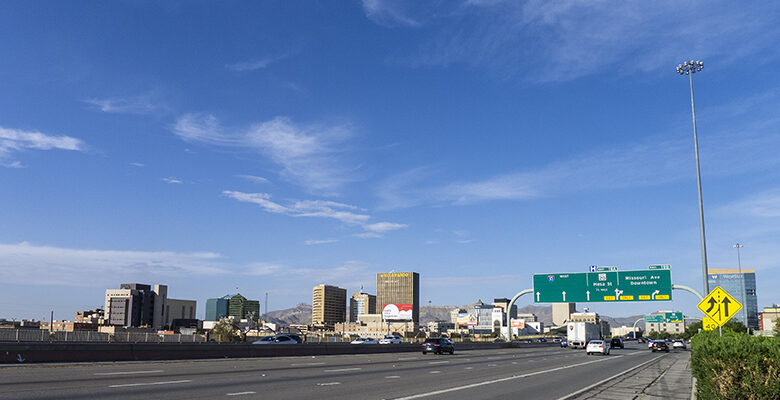From Vox.com:
From Massachusetts to California, transportation departments are pursuing controversial plans to widen highways, expansions that are sure to compel more people to drive, thus increasing greenhouse gas emissions. Yet state and federal officials are, absurdly, justifying such projects by claiming that they can help fight climate change.
Consider a report issued last fall, in which the Texas Department of Transportation (TxDOT) outlined its strategy to reduce pollution attributable to its road network, which a 2018 department report found generated 0.48 percent of all global — not national — CO2 emissions. Along with improving public transit, installing energy-efficient streetlights, and building electric vehicle charging stations, TxDOT suggests expanding highways.
According to TxDOT’s report, projects like adding turnaround lanes on frontage roads will reduce emissions because they “[reduce] vehicle idling due to delay.” State DOTs from Utah to New York have likewise claimed that adding lanes to congested highways will lower emissions because fewer cars will be stuck in traffic.
. . .
[S]triving to reduce emissions while expanding roadways is like trying to become healthier while continuing to gorge on junk food.
The report goes on to show the faults in those DOT’s logic (read the whole article), but they miss a big reason for the voracious expansion of highways.
Departments of Transportation are funded by taxes on gasoline, and that’s a source of income that can’t be stanched. So TxDOT, and all the other Departments of Transportation, have to spend that money or state legislatures will repurpose it.
And if you want to spend a lot of money in a hurry, expanding a multi-lane highway is a good way to do it. (Or you could open a bar.) Yeah, you could spend a lot of money on bike paths, or public transportation, but you’re not going to get rid of all that cash nearly as quick as you could by widening a freeway, or opening a bar.
And those Departments of Transportation know how to build highways. Learning how to build bike paths might take days of intensive study. And there’s always the chance that they’ll mess up.


It is clearly visible, and has already been proven over and over, that added lanes = added traffic, but still these people, supposedly guided – or, at least, assisted – by engineers persist in making roads wider. I just saw this first hand on a trip back home this past week (I grew up in Tacoma, Washington). The formerly two lane I-5, which connect Tacoma and Seattle, is now four and five lanes wide, but during much of the day is nothing more than a parking lot. Efforts are being made to add rail along the same route, but one wonders how much difference such a thing might make.
El Paso is one of the most spread out cities in the country. 40 miles end-to-end? Then there’s the County, too. How do you connect it? Maybe stop trying and instead adapt a clustering strategy to make neighborhoods more self-sufficient for necessities like food, medical, services. That way you don’t have to drive across town.
When I was living in a Canadian ecovillage 7 years ago, we called it “zero-mile” referring to how far you had to go to get your food. In the village’s case, about 50 feet to the chicken coop for eggs and the barn for milk and the garden for veggies. Obviously, this isn’t completely adaptable here but urban gardens, maybe 80 of them, could help if the city’s Climate Department could start to use the $5M we gave them two years ago instead of lobbying for a deck plaza.
Imagine if, say 75% of your material needs could be met within two or three miles of your home. So you don’t have to drive everywhere. Wouldn’t that be an interesting strategy for urban design?
Try selling it to the Downtown Mafia 🙂